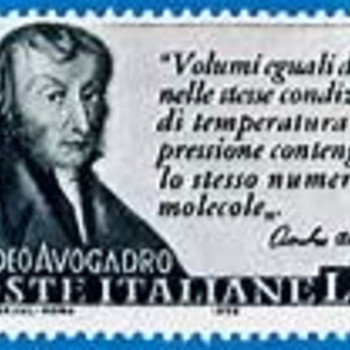"Hydrogen chloride" is a room temperature gas. When it is dissolved in water we gets "hydrochloric acid......"
underbrace(HCl(g))_"the gas" stackrel(H_2O)rarrunderbrace(HCl(aq))_"the acid"
The acid and the gas are different beasts. Concentrated hydrochloric acid has an approx. concentration of 10.6*mol*L^-1. In aqueous solution the hydrogen is conceived to be present as hydronium ion, H_3O^+, i.e. the acid has "ionized" to give hydronium and chloride ions.
Your problem specifies (i), a mass of HCl, which we assume to be a gas. It specifies (ii), a volume of HCl, and we don't know the concentration of the solution.
The following is from a prior answer, which may or may not be relevant, depending on whether you are an undergrad or A level student:
HCl(g) is a source of hydronium ion, H_3O^+ in aqueous solution.........
We may take a tank of HCl(g), and we can bleed it in to water to give an AQUEOUS solution that we could represent as HCl(aq) OR, without loss of generality, H_3O^+ and Cl^−.
HCl(g) stackrel(H_2O)rarrunderbrace(H_3O^(+))_("hydronium ion") +Cl^-
In each case this is a REPRESENTATION of what occurs in solution. If we bleed enuff gas in, we achieve saturation at a concentration of approx. 10.6*mol*L^-1 with respect to hydrochloric acid.
As far as anyone knows, the actual acidium ion in solution is
H_5O_2^+ or H_7O_3^+, i.e. a cluster of 2 or 3 or 4 water molecules with an EXTRA H^+ tacked on. We represent it in solution (without loss of generality) as H_3O^+, the "hydronium ion", which is clearly the conjugate acid of H_2O. Representation of the acidium species as the protium ion, H^+, is also still very common.
Note that the H^+ is quite mobile, and passes, tunnels if you like, the extra H^+ from cluster to cluster. If you have ever played rugby, I have always liked to compare to this to when the forwards form a maul, and can pass the pill from hand to hand to the back of the maul while the maul is still formed. Of course, tunnelling, proton transfer, is more likely in a cluster of water molecules, so the analogy might not be particularly apt in that there is definite transfer of a ball in a maul, but a charge in a water cluster is conceivably tunnelled. The same applies to the transfer of an hydroxide ion. For this reason both H^+ and HO^- have substantial mobility in aqueous solution, and much greater mobility in solution than ions such as Na^+, etc.
Depending at which level you are at (and I don't know!, which is part of the problem in answering questions on this site), you might not have to know the details at this level of sophistication. The level I have addressed here is probably 1st/2nd year undergrad.........

